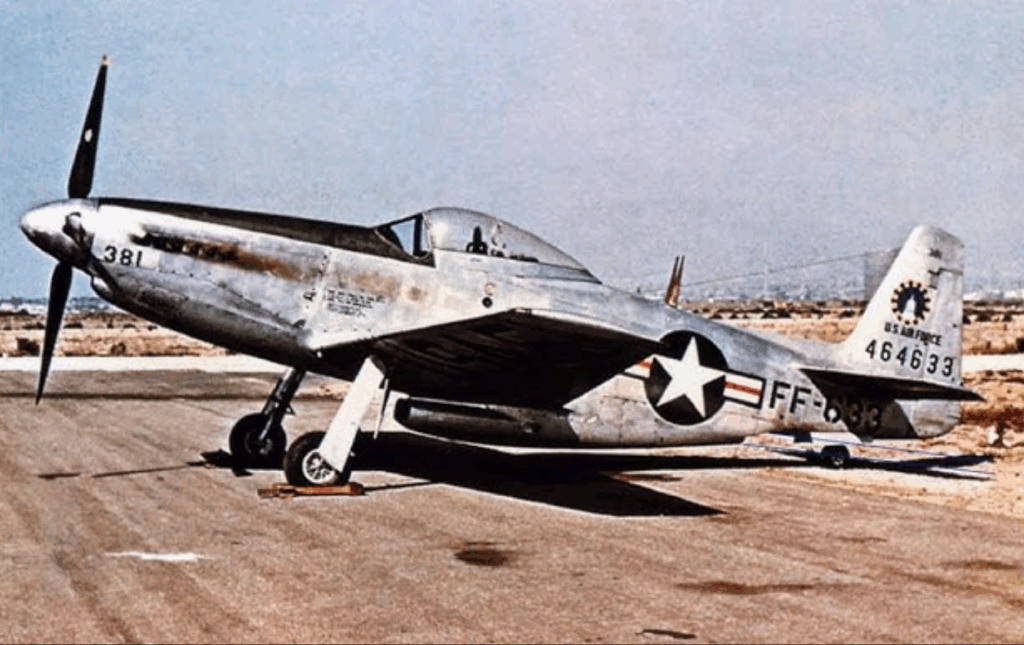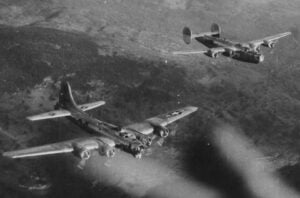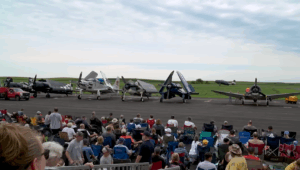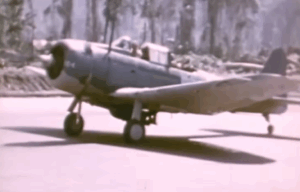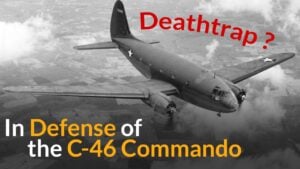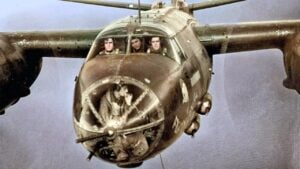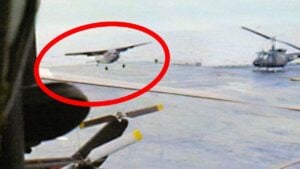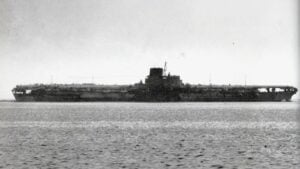WWII’s 6 Fastest Prop Fighter Planes Ranked
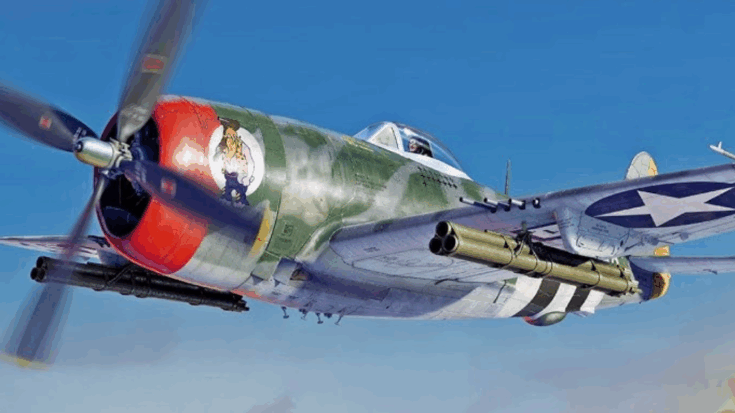
AVIO TANK / YouTube
During the final years of World War II, aviation design reached its peak in propeller-driven fighter technology. Engineers across nations were racing against time to create aircraft that could fly higher, faster, and strike harder than anything before. These planes represented the end of an era, right before the jet age began. Below are six of the fastest propeller-driven fighters that soared through the skies during the war—each with its own story of speed, innovation, and survival.
6. Nakajima Ki-84 Hayate (1944) – 427 mph
Japan’s Nakajima Ki-84, known as “Hayate” or “Gale,” was among the finest fighters produced in the Pacific theater. It combined speed, firepower, and maneuverability, making it a serious threat even against newer Allied aircraft. Its engine delivered high performance at both low and medium altitudes, ideal for dogfighting and intercept missions. However, Japan’s shortages of high-quality fuel and materials limited its full potential. When properly maintained, the Ki-84 could stand toe-to-toe with the best prop fighters of the war.
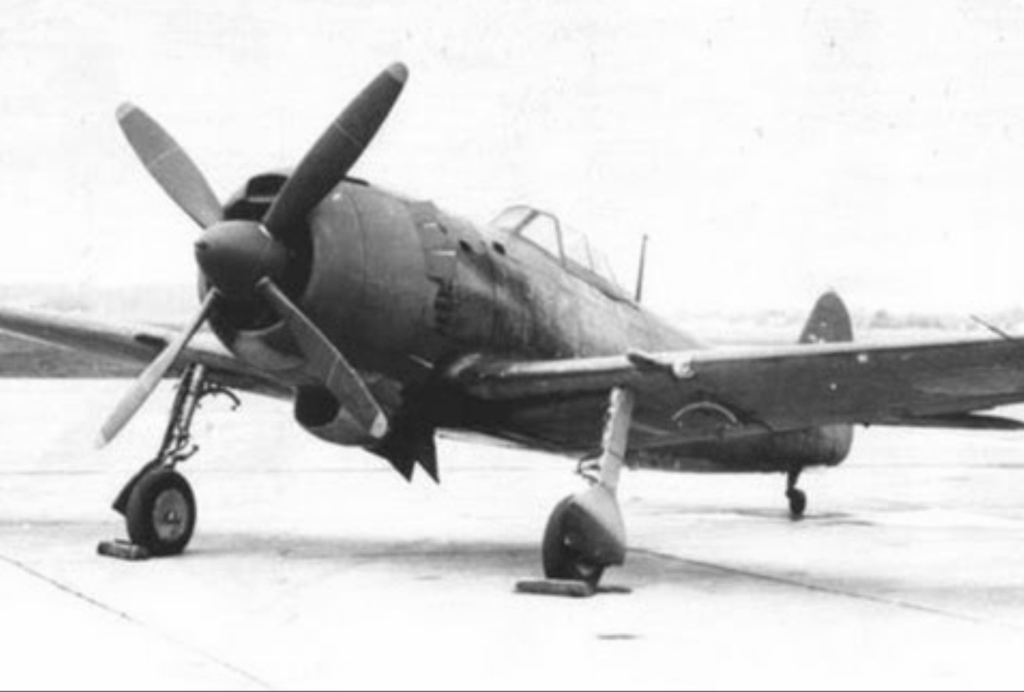
5. Messerschmitt Bf 109 G-10 (1944) – 429 mph
The Bf 109 was one of the most produced fighter aircraft in history, and the G-10 variant was among its fastest. Introduced late in the war, it carried a powerful DB 605 D engine that allowed it to reach impressive speeds despite an aging design. Its streamlined airframe and lighter weight gave it excellent climb rates. The G-10 was intended to counter the latest Allied fighters and continued to see service until the final days of the conflict. Though outnumbered, it remained a dangerous opponent in skilled hands.
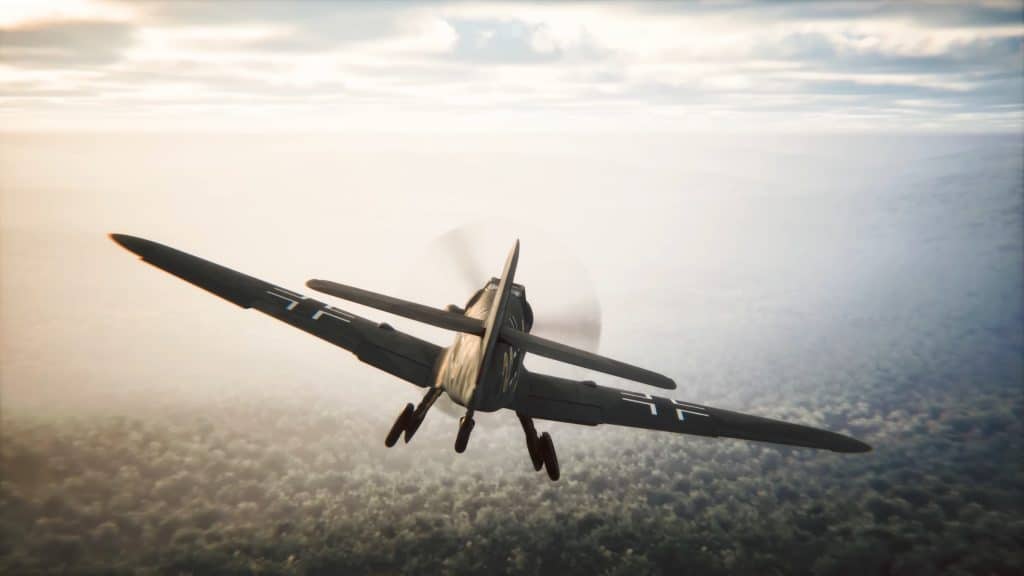
4. Supermarine Spitfire Mk XIV (1944) – 446 mph
The Spitfire Mk XIV represented Britain’s response to newer, faster enemy fighters. Fitted with a powerful Rolls-Royce Griffon engine, it was a major step up from earlier versions that had defended Britain during the Battle of Britain. The Mk XIV could climb quickly and handle at high speed without losing stability. It served in both air defense and ground-attack roles, showing the flexibility that made the Spitfire one of the most iconic aircraft of the war. Its performance kept it competitive even against the latest designs entering the skies in 1944 and 1945.
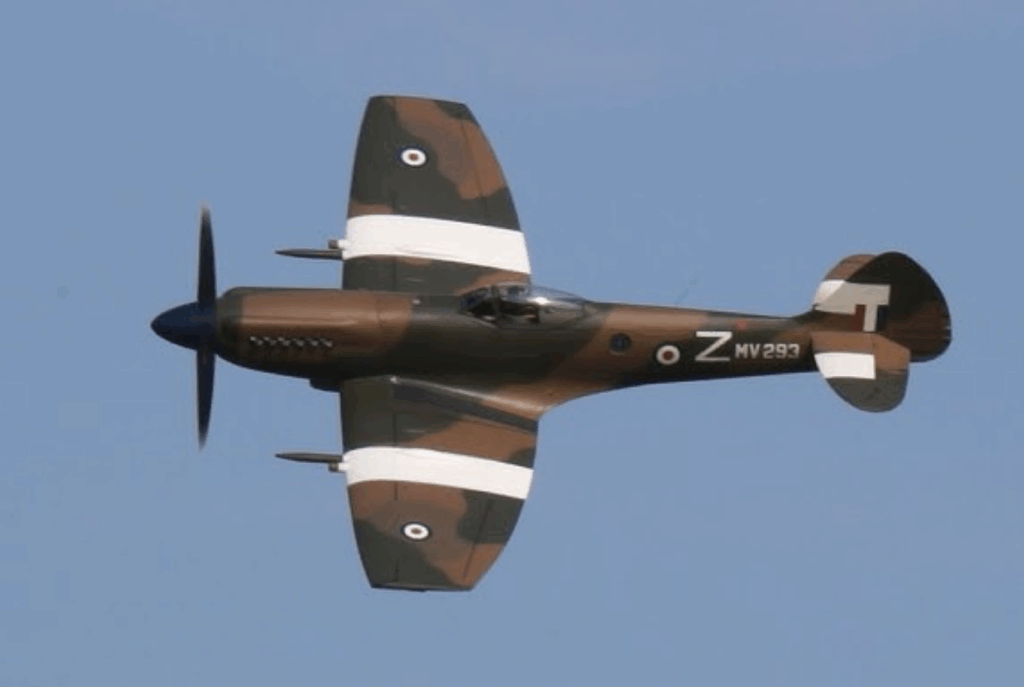
3. Focke-Wulf Ta 152H (1945) – 469 mph
Germany’s Ta 152H was designed for high-altitude combat, taking advantage of its long wings and pressurized cockpit. It was based on the earlier Fw 190 series but was heavily modified for performance above 40,000 feet. Powered by a Jumo 213E engine with a two-stage supercharger, it could outclimb most Allied planes. Few were built, and fewer still saw action, but those that did earned a reputation for being extremely fast and agile at great heights. It symbolized the desperate push for technological superiority as the war neared its end.
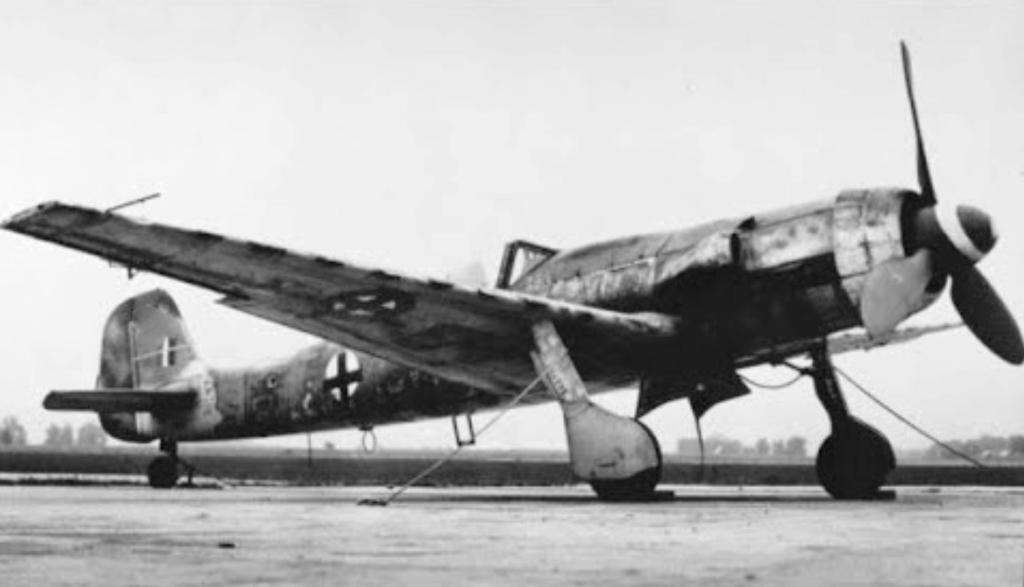
2. Republic P-47M Thunderbolt (1945) – 472 mph
Known for its toughness, the P-47 Thunderbolt earned the nickname “Jug.” The P-47M variant pushed the limits of this design with a more powerful Pratt & Whitney R-2800 engine and improved turbocharger system. It was created to intercept fast enemy aircraft and counter the late-war jet threat. Despite its heavy build, the P-47M could dive and climb with surprising speed and endurance. It combined brute strength with cutting-edge performance, a mix that made it one of the most respected fighters in the Allied arsenal.
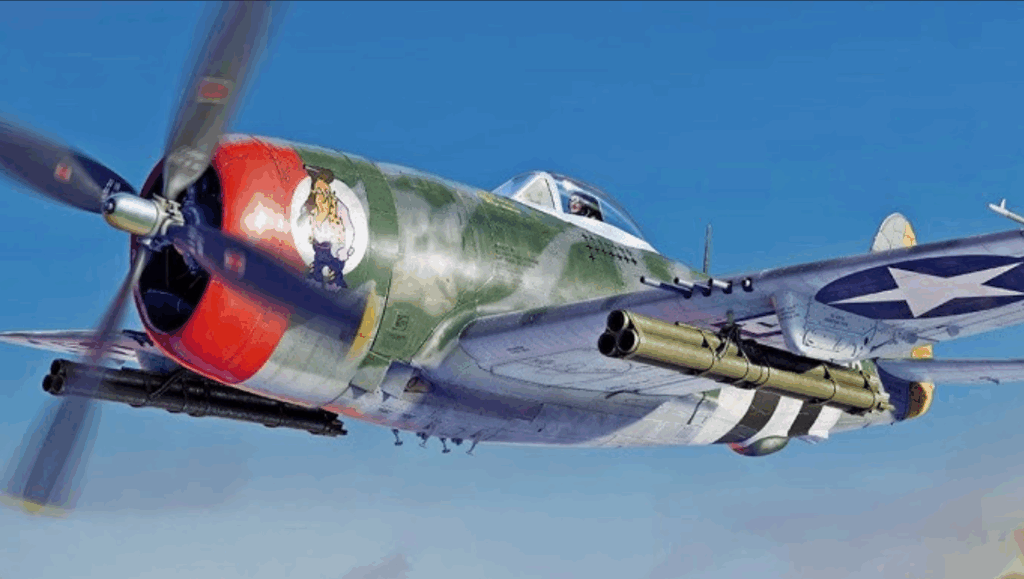
1. North American P-51H Mustang (1945) – 487 mph
The P-51H Mustang was the ultimate refinement of the famous Mustang line. Designed for long-range escort missions, it could reach speeds near 500 miles per hour—an incredible feat for a piston-powered aircraft. It was lighter and more aerodynamic than earlier versions, with a redesigned fuselage and powerful Packard-built Merlin engine. While it arrived too late to see much combat, it became one of the fastest operational prop fighters ever built. Pilots loved its agility at high altitude and its ability to escort bombers deep into enemy territory without refueling.
